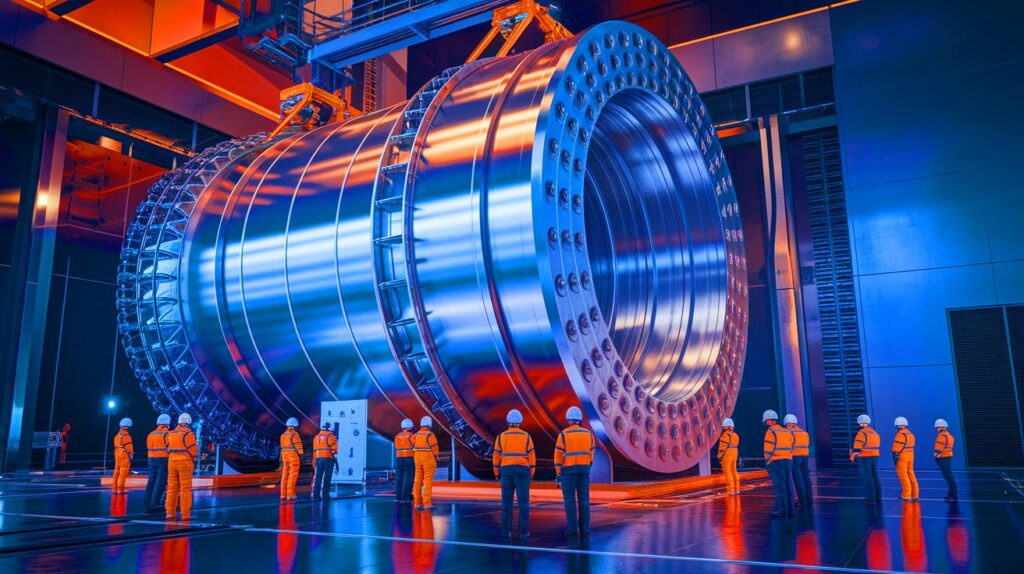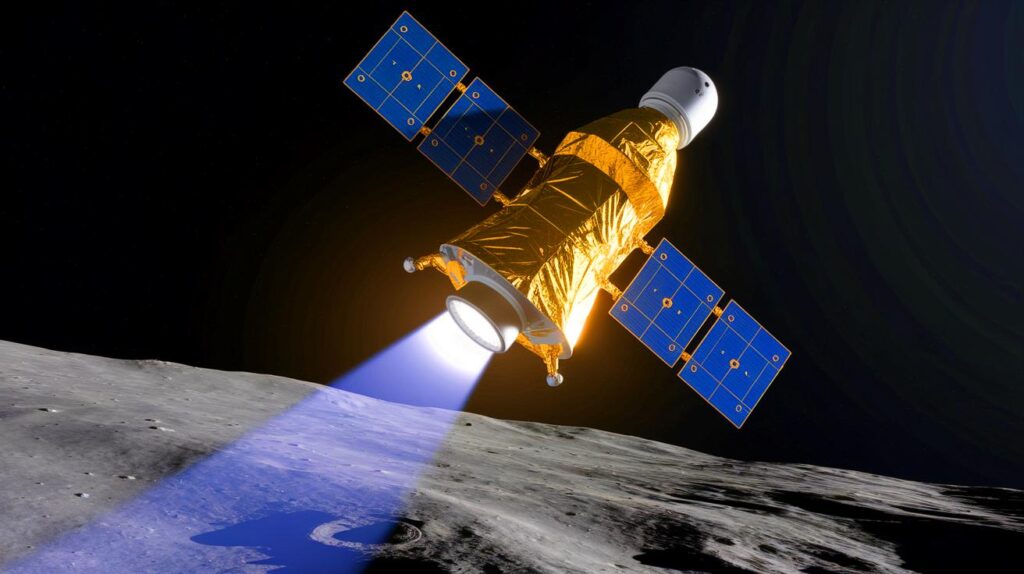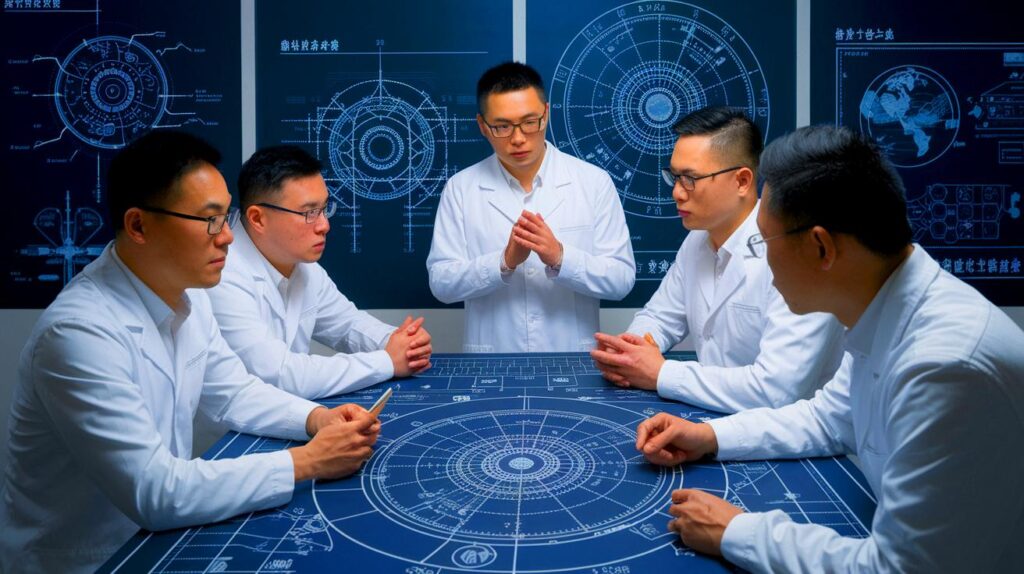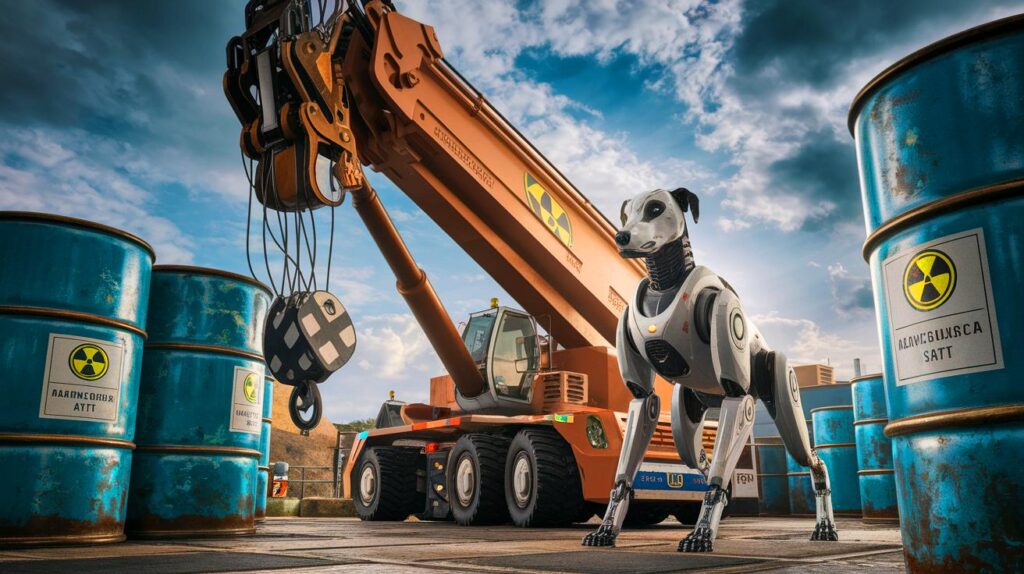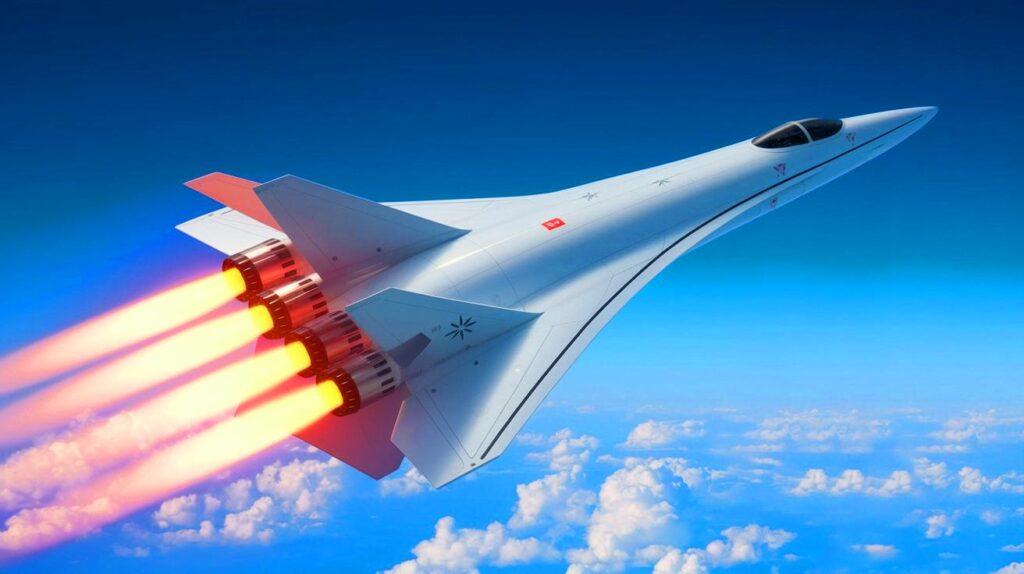| IN BRIEF |
|
The quest for nuclear fusion energy has reached a crucial milestone with the assembly of an essential component for the ITER project. The United States has delivered a colossal superconducting magnet, a key piece of the largest fusion experiment in the world, located in France. This remarkable structure, standing 18 meters tall, plays an essential role in ongoing efforts to harness fusion energy. As the world watches closely, the assembly of this technological marvel brings us closer to the dream of clean, limitless energy.
The Role of the Central Solenoid
The central solenoid lies at the heart of the ITER fusion reactor, designed to initiate and maintain the plasma necessary for nuclear fusion. Composed of six individual magnetic modules, each weighing approximately 121,000 kilograms, this superconducting magnet is crucial for maintaining the delicate balance required for fusion reactions. The primary function of the central solenoid is to confine and stabilize the plasma, allowing for the high temperatures and pressures necessary for fusion.
Ensuring the stability of such a massive structure requires a robust support system. The solenoid’s exoskeleton, sometimes referred to as a cage, is designed to withstand the extreme forces generated during the fusion process. As David Vandergriff, lead engineer at Oak Ridge National Laboratory, points out, the effectiveness of the solenoid depends on its support structure. The successful integration of this component marks an important milestone in the ITER project, reinforcing its status as a groundbreaking endeavor in the field of nuclear science.
The Collaborative Effort Behind the Engineering
The construction of the support structure for the solenoid involved collaboration among eight American companies, demonstrating the collective expertise required to tackle such a monumental task. One notable contribution comes from Superbolt in Pennsylvania, which developed critical technology to secure the assembly under extreme conditions. The complex design includes 27 vertical connectors, or linkage plates, forming the framework of the cage. These components connect the lower foundation blocks to the upper blocks, creating a rigid enclosure around the solenoid.
Freudenberg, an engineer involved in the project, explains the challenges encountered during the design phase. Producing the 15-meter-long linkage bars as single pieces with strict tolerances presented a significant engineering obstacle. By collaborating with specialty forges, the team overcame these challenges, ensuring the structural integrity of the support system. This achievement highlights the complexity and innovation inherent in the ITER project, showcasing the spirit of collaboration driving its progress.
Progress and Milestones in the Assembly of ITER
As ITER progresses, the assembly of the central solenoid is nearing completion. Four of the six modules have already been installed at the site in southern France, with the final two modules expected to be mounted by the end of the year. This phase represents the culmination of ten years of effort by the American team, realizing a project of monumental proportions.
The successful installation of the solenoid modules demonstrates the meticulous planning and execution involved in building ITER. Despite the challenges and delays that have characterized the project, its significance as a flagship for fusion energy remains intact. As the world watches, ITER stands as a beacon of hope in the quest for clean and sustainable energy, laying the groundwork for future advances in fusion nuclear technology.
Understanding the Global Impact of ITER
ITER, the world’s largest experimental nuclear fusion reactor, is a testament to global collaboration, involving 35 countries, including the United States, China, India, and the European Union. The project’s goal is to demonstrate the feasibility of fusion energy by 2040, with aspirations to generate 500 MW of energy from just 50 MW of input. Initially estimated at 5 billion euros, the project’s cost has soared to nearly 24 billion euros, primarily funded by the EU and contributions from other member countries.
Located in Saint-Paul-lez-Durance, France, ITER represents a monumental effort in scientific innovation and engineering. Despite financial and logistical challenges, it continues to be a cornerstone of fusion energy research. As ITER progresses, it not only enhances our understanding of nuclear fusion but also fosters international cooperation in the pursuit of a sustainable energy future.
The road to harnessing fusion energy is fraught with obstacles, but the advancements made with ITER bring us closer to a transformative energy source. As the components of this colossal project come together, one must ponder: what new breakthroughs will emerge from this bold endeavor, and how will they reshape our global energy landscape?

